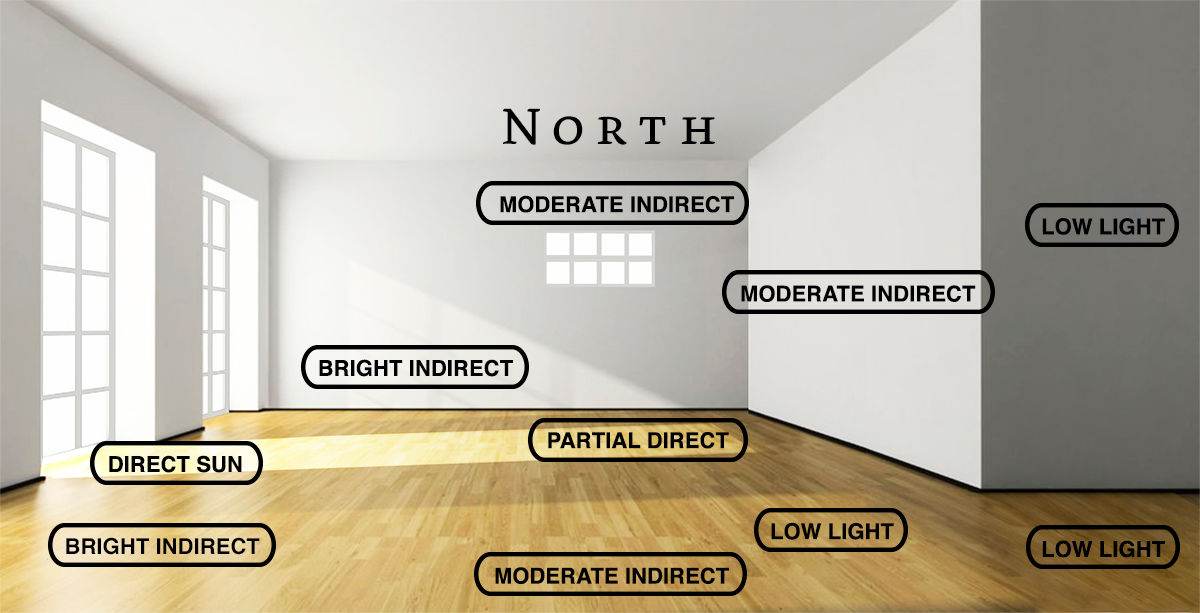
| height | 3–6ft | |
| width | 2–5ft | |
| tolerates | Heat, Moist Soil, Pots | |
| water needs |
Moderate – High | |
| water info |
Appreciates water, and can even grow in marginal pond areas or pots placed in a water feature. Also grows well with the top layer of soil drying out in the garden or a pot, but withholding water more will give you less leaves that are smaller and smaller. If it goes too dry the entire crown of leaves will slowly falter and disapear, but they often return with the addition of consistent water. Elephant ears express a fascinating plant trait called guttation. This is when excess water within the plant is pushed through pores at the ends (or sides) of the leaves, most frequently at night. This isn’t a sign of distress, but may be problematic over hardwood floors and should be monitored. This will usually soon after watering. |
|
| hardy to |
25F | |
| exposure | Moderate Indirect – Partial Direct | |
| indoor outdoor |
Indoor | |
| drainage | In Ground: Planting Mix, In Pots: Potting Soil, Tolerates Heavy Soil | |
| fertilizing | All Purpose | |
| origin | Hybrid | |
| california native |
No | |
| sunset zones |
9, 12–24 |

Direct Sun
Beams of light hitting the plant near a window four or more hours a day. The most intense light.
If you're in a direct sun spot, you can feel the warmth of the sun on your skin.
Partial Direct
Occurs when you have a plant that is in less intense direct sunlight.
This happens when a plant is in a few hours of direct morning sun, or an hour or less of direct afternoon sun.
It also happens when a plant is in direct sun, but more than six feet from a window, where the light is diffused.
Bright Indirect
This is just beyond the direct beam of light (or through cracked blinds or a sheer curtain filtering direct sun).
Bright indirect areas are characterized by a place where you can sit and read a novel comfortably without artificial light.
Moderate Indirect
Beyond the bright indirect light. In these areas you wouldn't turn on a light walking through the room,
but if you were hanging out there you would probably have the lights on, even during the day.
Low Light
Dim spots, usually the backs of rooms or hallways where you would always turn lights on,
even if just walking in to grab something.
